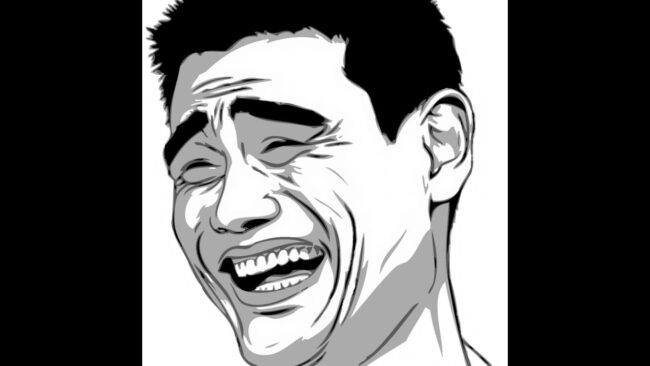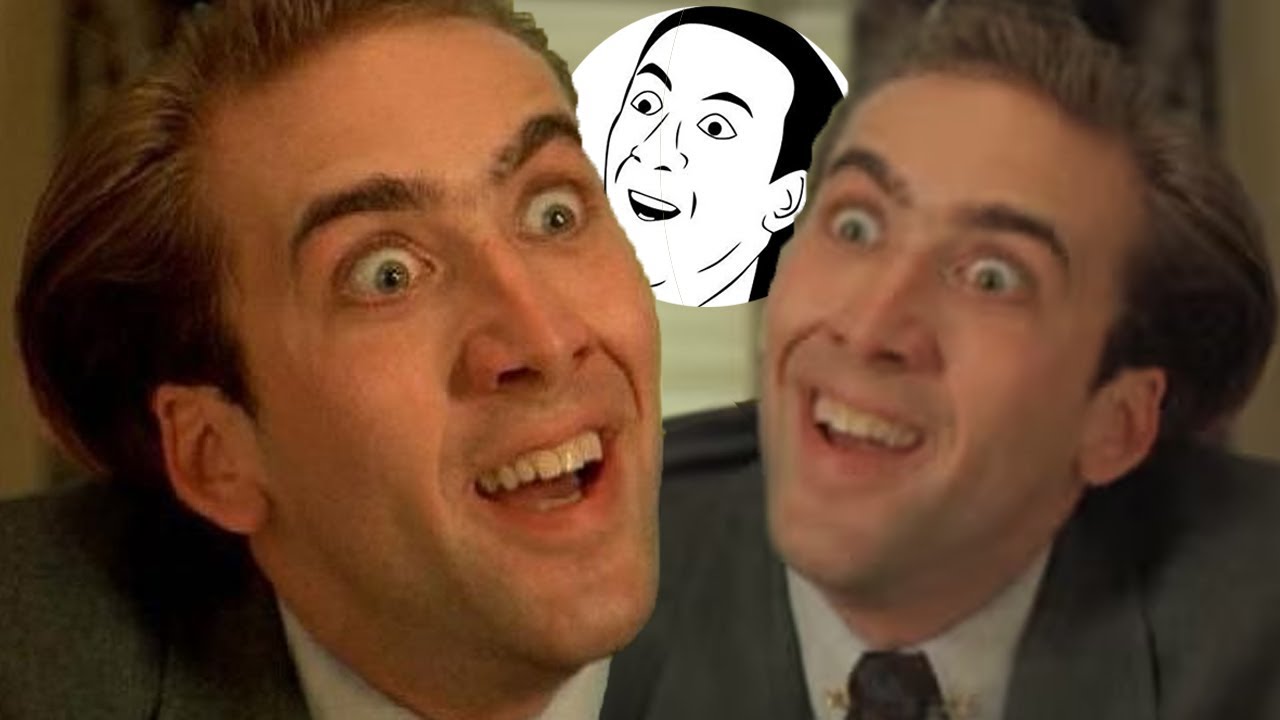The internet is full of quirky, creative ways people express themselves. Among the many tools of digital expression, meme faces have become one of th
The internet is full of quirky, creative ways people express themselves. Among the many tools of digital expression, meme faces have become one of the most iconic and enduring. These simple, often crudely drawn faces capture a wide range of human emotions and reactions, helping millions communicate humor, frustration, joy, and sarcasm in a way that words alone sometimes can’t. This article explores the fascinating story of meme faces — their origins, evolution, impact, and why they remain a cornerstone of internet culture today.
What Are Meme Faces?
Meme faces are stylized, often exaggerated drawings of human faces used in memes to express specific emotions or reactions. Unlike photos or traditional emojis, meme faces are usually hand-drawn or digitally illustrated with intentional imperfections. Their exaggerated expressions make them immediately recognizable and relatable.
They appear most commonly in rage comics and internet memes where text and images combine to tell a story or deliver a punchline. Each meme face symbolizes a particular feeling, making it easier for people to share their thoughts and feelings visually across social media and forums.
The Origins of Meme Faces
Meme faces originated in the mid-to-late 2000s, predominantly within online communities like 4chan and Reddit. The concept took off with the rise of rage comics — simple comic strips depicting everyday life scenarios accompanied by expressive faces to emphasize emotions.
Some of the first and most famous meme faces include:
- Trollface (created in 2008): Known for its mischievous smirk, it represents trolling or deliberately annoying others.
- Forever Alone: A sad, lonely face representing isolation or social awkwardness.
- Y U NO Guy: A frustrated figure demanding answers or expressing disbelief.
- Me Gusta: A bizarre, creepy but satisfied face expressing strange pleasure.
- Rage Guy (FFFFFUUUU): Portrays intense anger or frustration.
These faces gained rapid popularity because they perfectly captured universal human emotions and situations in a simple, easy-to-understand format.
Why Meme Faces Became Popular
The popularity of meme faces can be attributed to several factors:
- Relatability: They depict common human experiences like awkward social moments, frustration, or joy in a way that resonates with many.
- Simplicity: The minimalist style makes them easy to reproduce, share, and modify.
- Humor: Their exaggerated, often absurd expressions lend themselves well to comedy.
- Visual Impact: They add emotional context to text-based communication, making messages clearer and more engaging.
- Community and Culture: Sharing meme faces creates a sense of belonging and inside jokes among internet users.
How Meme Faces Changed Online Communication
Before meme faces, online communication relied heavily on text, which can often lead to misunderstandings due to lack of tone or non-verbal cues. Meme faces fill this gap by providing a visual shorthand that conveys emotions instantly and clearly.
For example, replying with a “Forever Alone” meme face communicates loneliness in a humorous way that words might not capture. A “Trollface” signals sarcasm or playful teasing. This added layer of meaning enriches conversations, helping people connect emotionally through a screen.

Meme Faces Beyond Rage Comics
Though rage comics were the original home of meme faces, these faces have transcended that format:
- Reaction Images: Meme faces are now frequently used as reaction pictures on social media platforms like Twitter, Instagram, and Facebook.
- Stickers and Emojis: Many messaging apps feature sticker packs inspired by popular meme faces, allowing users to express themselves more vividly in chats.
- Merchandise: Meme faces appear on t-shirts, mugs, phone cases, and other products, proving their cultural impact.
- Videos and Animations: Content creators use animated meme faces in YouTube videos, TikTok, and other video platforms to enhance humor and storytelling.
Popular Meme Faces and What They Mean
Here’s a brief rundown of some of the most iconic meme faces and their typical meanings:
- Trollface: Represents trolling or deliberately provoking others online for fun.
- Forever Alone: Used to depict loneliness or social rejection in a humorous way.
- Y U NO Guy: Expresses frustration or impatience, often asking why something hasn’t happened.
- Me Gusta: Shows guilty pleasure or weird satisfaction about something odd or awkward.
- Rage Guy (FFFFFUUUU): Symbolizes extreme anger or irritation.
- Okay Guy: Represents reluctant acceptance of an unfortunate or disappointing situation.
- Derp/Derpina: Faces used to signify cluelessness or silliness.
- Cereal Guy: Known for sarcastic or skeptical reactions, often used to question or mock.
Criticisms and Challenges of Meme Faces
While meme faces are beloved by many, they are not without their critics:
- Overexposure: Constant reuse can make some meme faces feel stale or overused.
- Stereotypes and Sensitivity: Some meme faces have been criticized for perpetuating stereotypes or insensitive humor when taken out of context.
- Cultural Differences: Not all meme faces translate equally well across different cultures or languages.
- Commercialization: The commercialization of meme faces sometimes detracts from their original grassroots, community-driven appeal.
Despite these challenges, meme faces continue to thrive because the internet community keeps reinventing and adapting them.
The Future of Meme Faces
As technology advances and internet culture evolves, meme faces are likely to grow in new and exciting ways:
- Animated and Interactive Memes: Meme faces might become dynamic, reacting to user input or appearing in virtual reality and augmented reality environments.
- AI-Generated Meme Faces: Artificial intelligence could help users create personalized or completely new meme faces with ease.
- Cross-Cultural Mashups: The global nature of the internet will likely produce meme faces that blend different cultural expressions and artistic styles.
- Integration in Everyday Communication: Meme faces may become more deeply embedded in everyday tools like video conferencing, digital classrooms, and online workplaces.
No matter how they evolve, meme faces will remain a powerful way to connect, laugh, and communicate in the digital age.
Frequently Asked Questions (FAQs) About Meme Faces
Q1: What defines a meme face compared to an emoji?
Meme faces are often crudely drawn, exaggerated images used to express specific emotions or social situations, usually tied to internet humor. Emojis are standardized icons that represent simple emotions or objects in a polished and universal form.
Q2: Where did the most famous meme faces come from?
Many originated in rage comics on sites like 4chan and Reddit around 2008–2010, where anonymous users created and shared them as part of storytelling and humor.
Q3: Why do meme faces use such exaggerated expressions?
Exaggeration makes emotions clearer and funnier, allowing quick recognition and a stronger emotional impact in a simple drawing.
Q4: Can meme faces be used in professional communication?
Generally, meme faces are informal and best suited to casual or social communication rather than formal or professional contexts.
Q5: Are meme faces copyrighted?
Most classic meme faces have ambiguous copyright status since they were created and shared freely online. Some have been commercialized, but many exist in the public domain or digital commons.
Q6: How can I create my own meme faces?
You can draw them by hand or use online meme generators and graphic design tools to create custom meme faces and share them.
Q7: Why do meme faces sometimes offend people?
Some meme faces may perpetuate stereotypes or insensitive humor, especially when used without context or cultural sensitivity.
Q8: Are meme faces still popular today?
Yes, meme faces remain a staple of internet culture, often appearing in updated formats like GIFs, stickers, and video memes.
Q9: What makes meme faces so universally understood?
Their basis in exaggerated, relatable human expressions helps them transcend language barriers, making emotions easy to recognize worldwide.
Q10: Will meme faces ever go out of style?
While specific faces may fade, the concept of using exaggerated facial expressions to convey emotions is likely to persist as long as people communicate online.
More Info: quickcashhub

COMMENTS